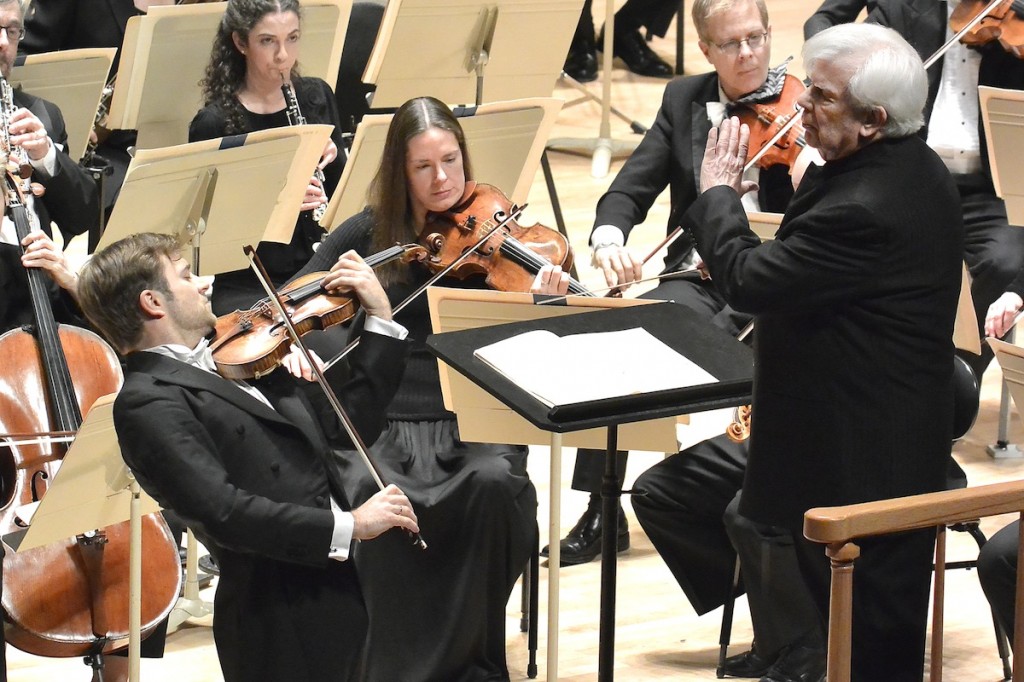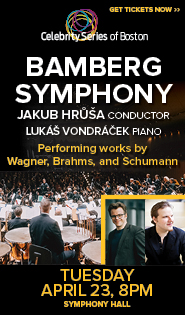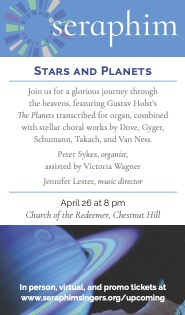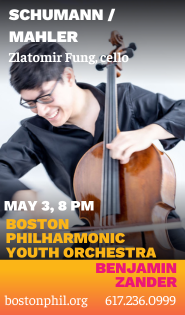Violinist Capuçon makes strong BSO debut with Sibelius; Dohnányi’s Beethoven compelling, his Brahms not so much

Renaud Capuçon performs the Sibelius Violin Concerto Thursday night with Christoph von Dohnányi and the Boston Symphony Orchestra. Photo: Stu Rosner
On Thursday night in Symphony Hall, patrons of the Boston Symphony Orchestra got two Christoph von Dohnányis for the price of one: the Dohnányi who conducted a listless, murky performance of Brahms’s Variations on a Theme of Haydn to begin the evening, and the Dohnányi who closed the concert with a compelling realization of Beethoven’s Symphony No. 5 that was richly satisfying in every detail.
Although they looked much alike, it was hard to believe they were the same person. How could the same conductor inundate his woodwinds in a flood of bass sound through much of the Brahms, and delight the ear with finely tuned balances and interplay of the sections in virtually every bar of the Beethoven?
How could the same man on the podium miss nearly all the charm, lyricism, and élan of one piece, yet be alert to every nuance of color and mood in the other? How could the same maestro be so rhythmically lax in the variations, yet drive the symphony with such an irresistible pulse?
Well, as they say, that’s what makes horse races. You buy a ticket, and you don’t know if the artist will have a good night or a bad night—or both.
Following the Brahms, violinist Renaud Capuçon made a bold and confident BSO subscription series debut in the Violin Concerto of Sibelius. (He had previously appeared with the BSO in Tanglewood in 2004, playing Mendelssohn’s Concerto.) It was a performance one could relax to, as Capuçon’s full, powerful tone washed over the hall and his pinpoint accuracy in the most difficult multiple-stopping and string-crossing passages gave assurance that this fiddle player was up to anything the score could throw at him.
But when it came to the concerto’s emotional content, Capuçon’s performance was less satisfying. Though aptly phrased and anything but robotic, the violinist’s playing rarely dug below the well-polished surface. One would gladly have overlooked a few technical rough spots in exchange for the unexpected sting of a dissonance or the tug of an urgent phrase. More shades of tone color would have helped, too.
Given Capuçon’s big tone, Dohnányi suppressed the orchestra more than necessary when accompanying, and tutti passages in the first movement tended to sound unfocused. But the orchestra surged more passionately in the slow movement than the soloist did, and Dohnányi’s apparent fondness for bass sound found a happy, vigorous outlet in the finale’s “polonaise for polar bears” (in D. F. Tovey’s memorable phrase).
After energetically dispatching the concerto’s finale, Capuçon returned to the stage to play an encore, the “Dance of the Blessed Spirits” from Gluck’s Orfeo ed Euridice, without accompaniment. Hearing just the melody alone, one was struck afresh by its long arc and gorgeous nuances.
If, as the name inscribed over Symphony Hall’s stage suggests, Beethoven is the BSO’s home town, then the Fifth Symphony is the block that it lives on. But one must give Dohnányi credit for taking that intimate collective knowledge of the piece and fashioning it into a performance that was unfailingly fresh and exciting from the opening four-note summons to the finale’s gloriously interminable coda.
All the orchestra’s sections excelled in their roles, but the woodwinds rate special mention for their exquisite tuning, balance, and phrasing. The second movement’s interweaving wind scales in thirds were like a single, ineffably beautiful object passing overhead.
In accordance with current fashion, Dohnányi took the symphony’s first movement at a blistering pace, not lingering even in the fermatas, and the orchestra stayed with him, suffering only a few shaky bars and still managing to project the score’s fine details.
The conductor also stressed the “con moto” in the second movement’s Andante con moto, moving the music right along, to the point of occasionally cheating the long notes of their full value, but in the main phrasing beautifully on both the small and large scale. As fast as Beethoven’s fertile mind could come up with new episodes and special effects, the BSO players projected them vividly to the listener.
Dohnányi tried nothing fancy or grandiose in the symphony’s scherzo and finale, trusting the music to speak for itself and the orchestra to realize all its moods from mysterious to exuberant. One could mention the fine sweep of the horns in the finale’s second theme, but really every section of the orchestra produced the goods when needed.
And for all his eagerness to keep the piece moving along, Dohnányi scrupulously observed every repeat marked in the score, including the often-omitted one in the finale. With a performance this good, who could object to more of it?
The repeat performance scheduled for Friday at 1:30 p.m. has been canceled owing to the severe snowstorm. The status of the 8 p.m. Saturday performance will be determined on Saturday morning. The program will also be repeated Tuesday at 8 p.m. Updates at BSO Snow Line: (671) 638-9495. bso.org; (617) 266-1200.
Posted in Performances





Posted Feb 09, 2013 at 12:34 am by Anna Shlimovich
As always it’s been a pleasure to read the review! This time I recognized the encore easily 🙂 – although I did not know of its version for the solo violin. Renaud Capuçon was marvelous in the concerto, and the piece itself is a showcase, but then Beethoven’s No. 5 was too!
This time it has become obvious evermore how repetitive Maestro Beethoven could be, even though the theme is catchy and the orchestration brilliant. Brahms seems to never allow himself such an indulgence in ritornellos, should we say…
The whole programme was beautiful that night! I did not feel I had to be subjected to Dutilleux or the likes in order to hear any of the composers of that evening 🙂 Ironically, it was Dutilleux’s Cello Concerto that Renaud’s brother played last season, n’est ce pas? We could only imagine how Dvorak or Vivaldi would sound if played instead…but that is the stuff that dreams are made from! 🙂
Merci encore.